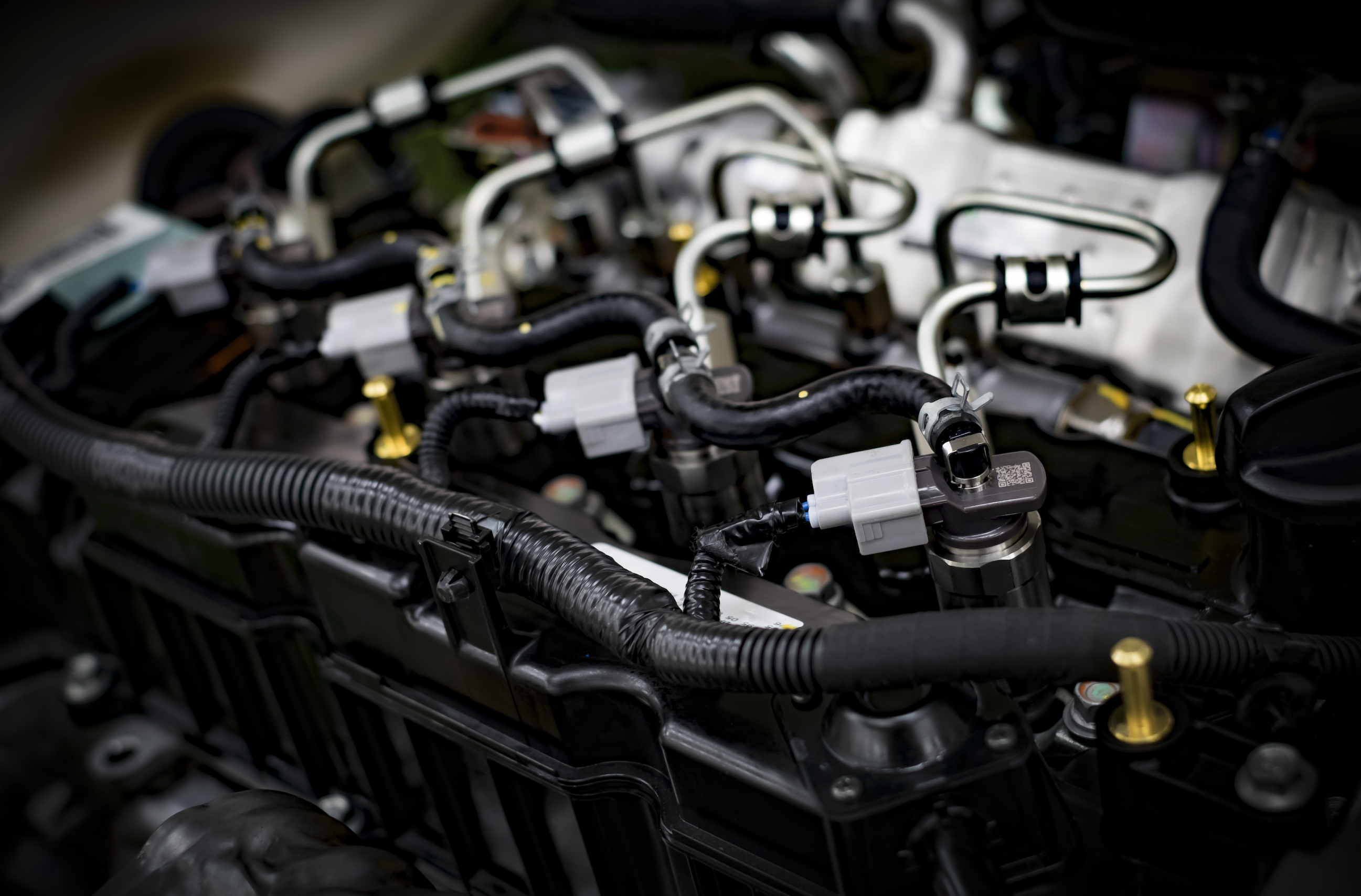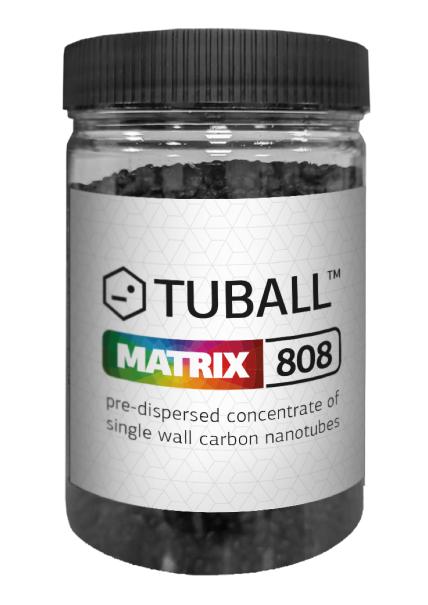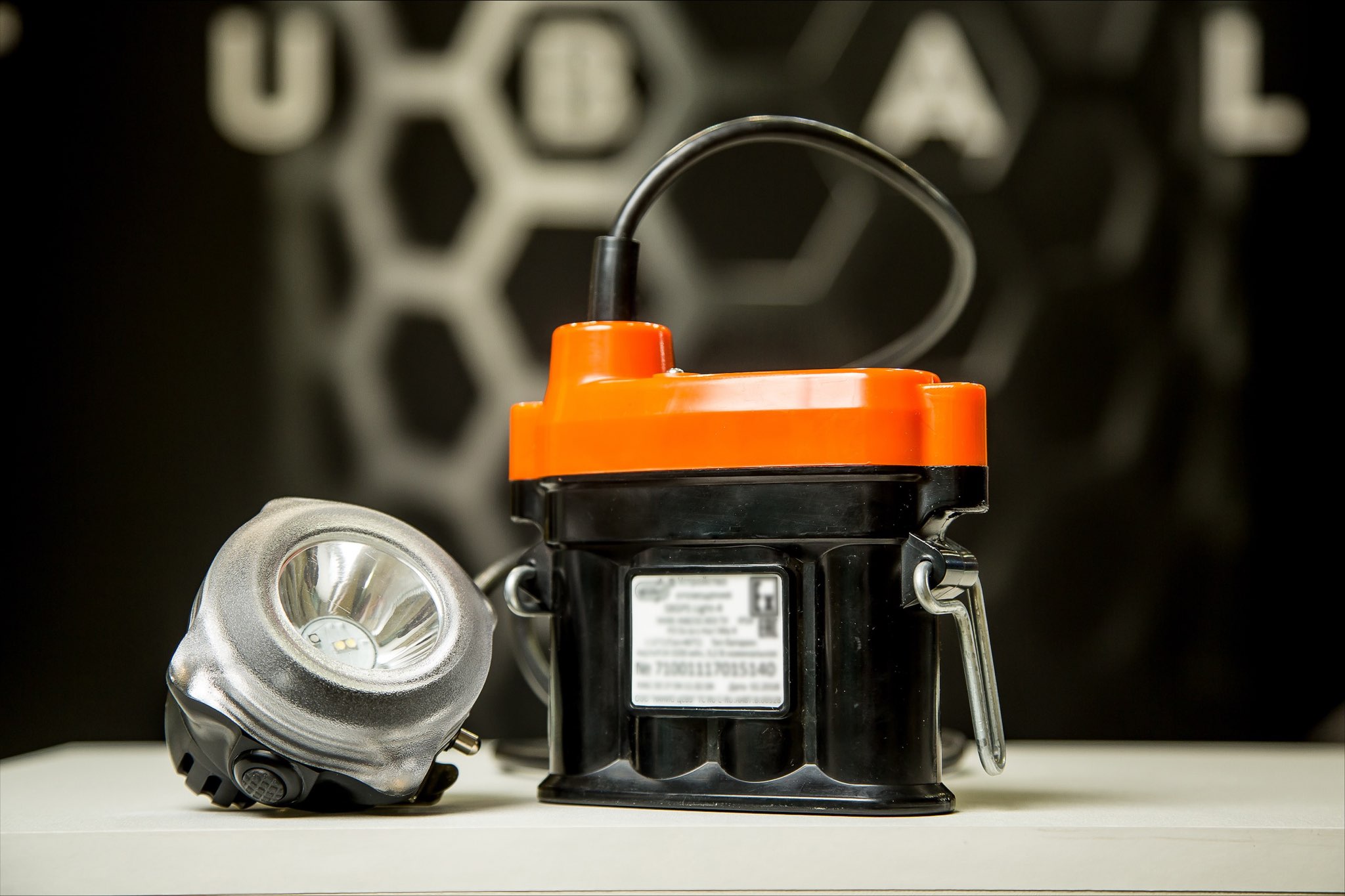- OCSiAl’s graphene nanotube concentrate for thermoplastics has passed the market validation stage and released for mass production.
- The new product provides plastics with superior electrical conductivity but retains mechanical properties and has minimal impact on a high melt flow index (MFI).
- High-quality conductive thermoplastics enhanced with nanotubes are widely used in the automotive, mining, oil and gas, packaging, and electronics industries.
Conventional conductive agents added into thermoplastics can’t provide stable, uniform target electrical conductivity and have a negative impact on mechanical properties. This increases the number of out-of-spec parts and forces manufacturers to compromise on final product performance. Thermoplastic compounds enhanced with graphene nanotubes demonstrate permanent, stable conductivity without any variations at the surface and with no adverse effects on mechanical or rheological properties.

This breakthrough was possible thanks to a novel product launched by OCSiAl, the world’s leading manufacturer of graphene nanotubes—TUBALLTM MATRIX 808 graphene nanotube concentrate. It was specifically designed for fiber filled PA, PPS, and PBT, and neat ABS, TPU, and PC compounds, and can be used with injection molding, extrusion, and compression production methods. A unique formulation makes it possible to incorporate nanotubes in just one step—direct compounding—resulting in cost-efficiency and simplified handling of nanotubes by any manufacturer.

“In contrast to conventional additives, graphene nanotubes used at an ultralow working dosage bring additional value by preserving good impact strength and a high MFI level that makes it possible to produce complex injection molded parts. This is particularly hard to achieve in fiberglass-filled compounds using multi wall carbon nanotubes or carbon black,” said Vladimir Kravchenko, Development and Support Leader for Thermosets, Thermoplastics, Construction Materials, OCSiAl Group.
The product has passed a stage of validation by European polymer compound producers. The manufacturers tested various formulations of polymers that showed conductivity of 103–109 ohm at concentrations of graphene nanotubes of 0.1–0.5 wt%. For example, PA 6 compound with 30 wt% glass fiber enhanced with 0.15 wt% graphene nanotubes demonstrates permanent, stable volume resistivity of 104 Ω·cm and surface resistivity of 106 ohm/sq after injection molding. One of the applications of such nanotube-enhanced PA parts is more cost-efficient e-painting of automotive car parts.

A sustainable method of production without carbon dust, with less required loading of conductive agent and preserved durability of the plastics is attractive to compounders and thermoplastic product manufacturers. They can expand their product lines with high-quality conductive thermoplastics used for manufacturing automotive fuel lines, connectors, pumps, air systems, self-contained self-rescuers for coal miners, gas station pistol grips, door handles, and various construction parts, and ESD products for ATEX areas such as in the oil and gas, chemical, and electronics industries, etc.
